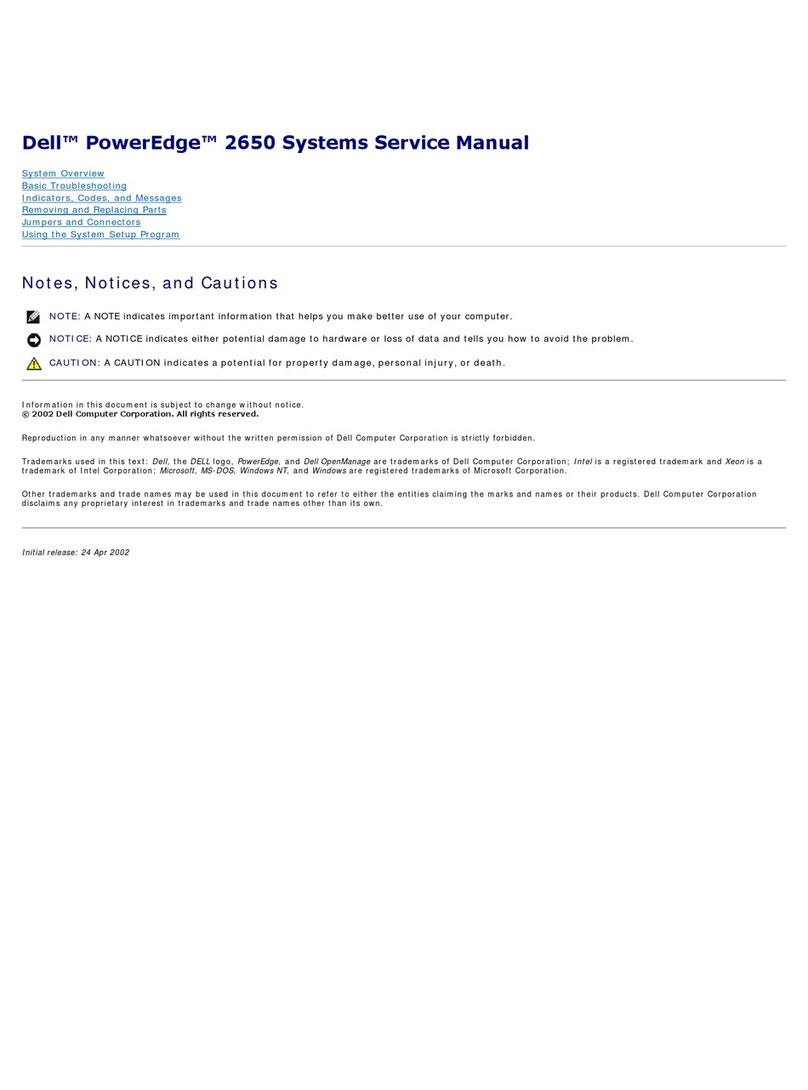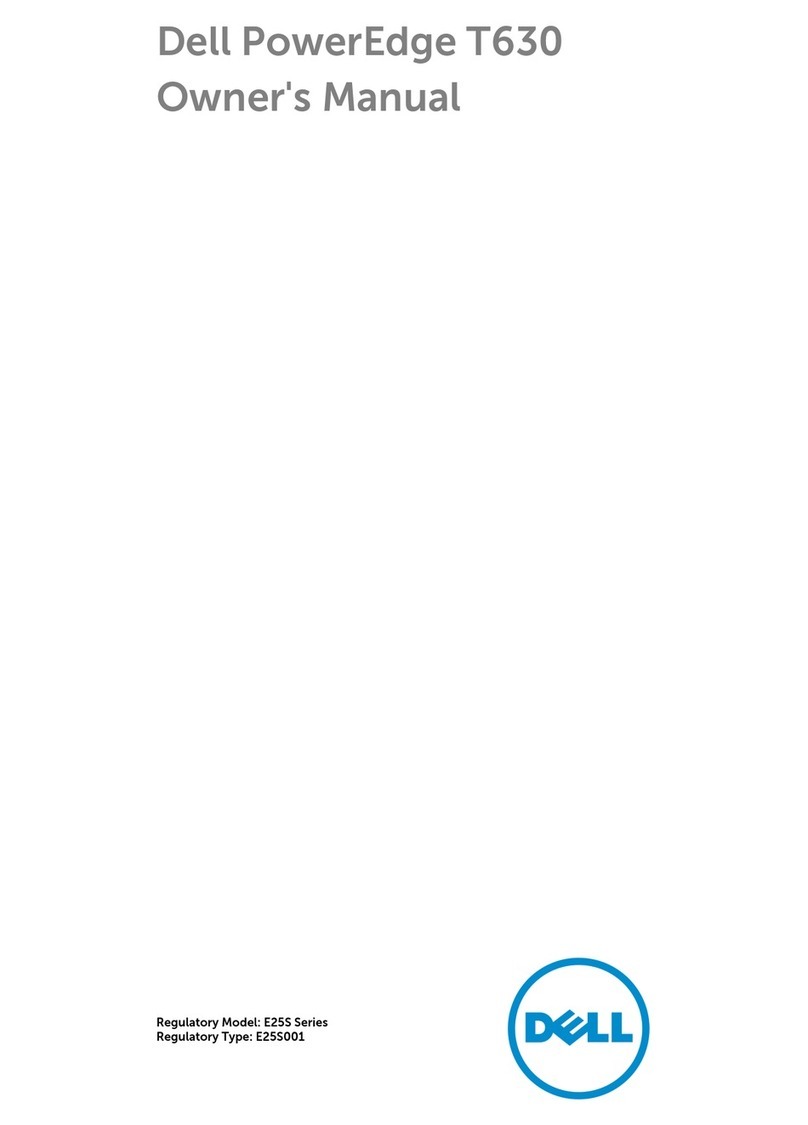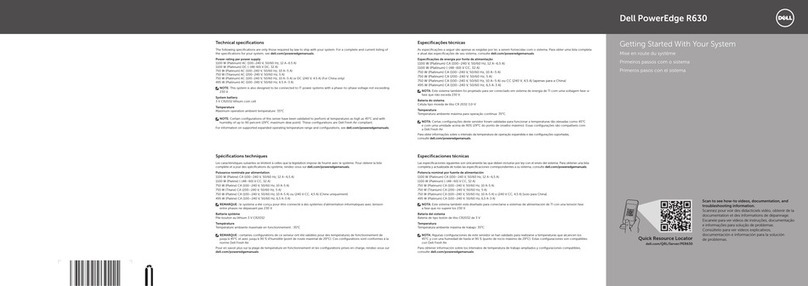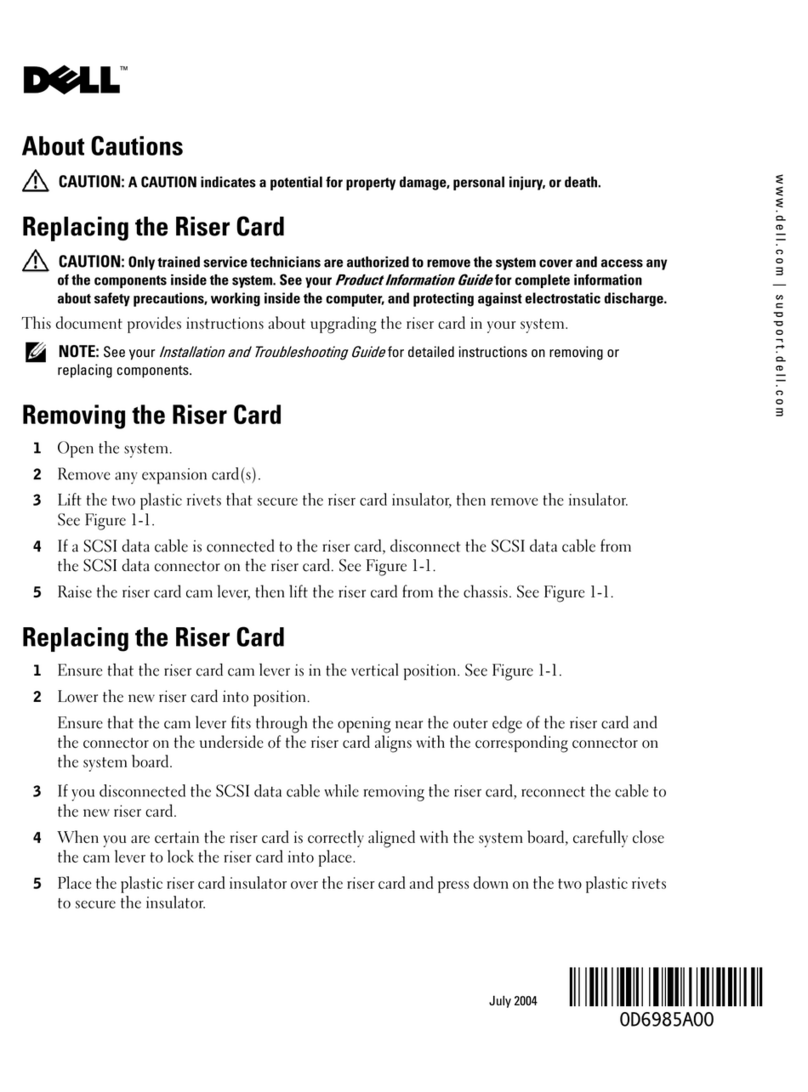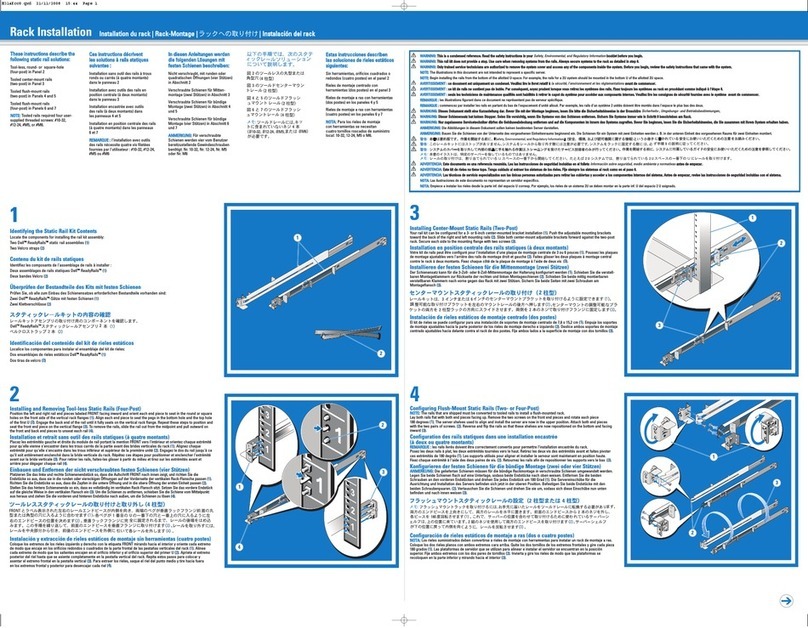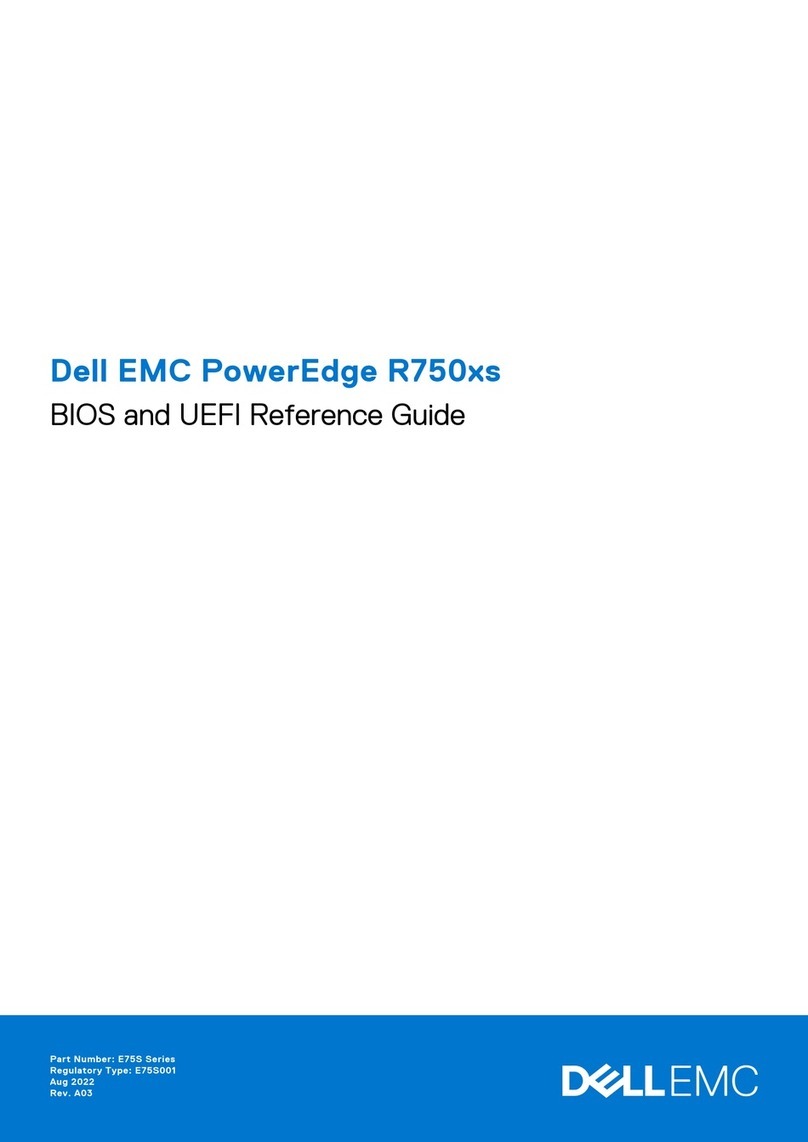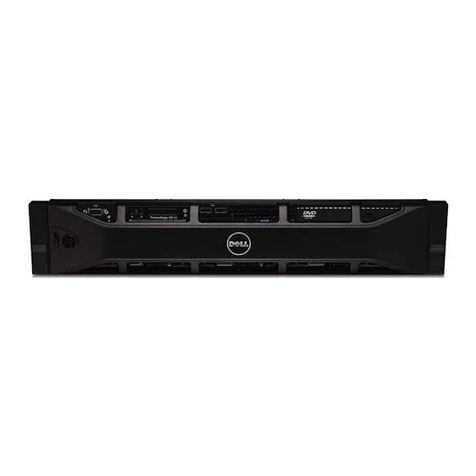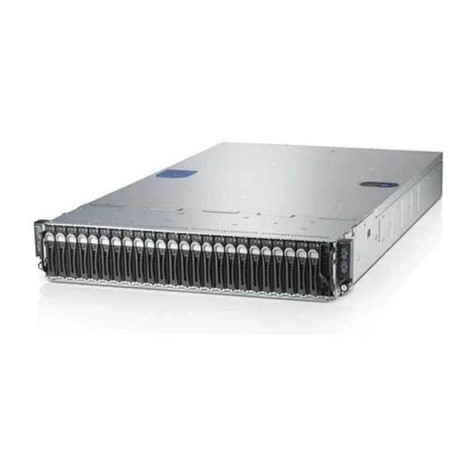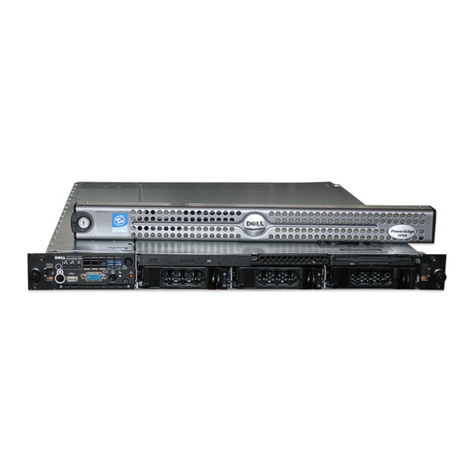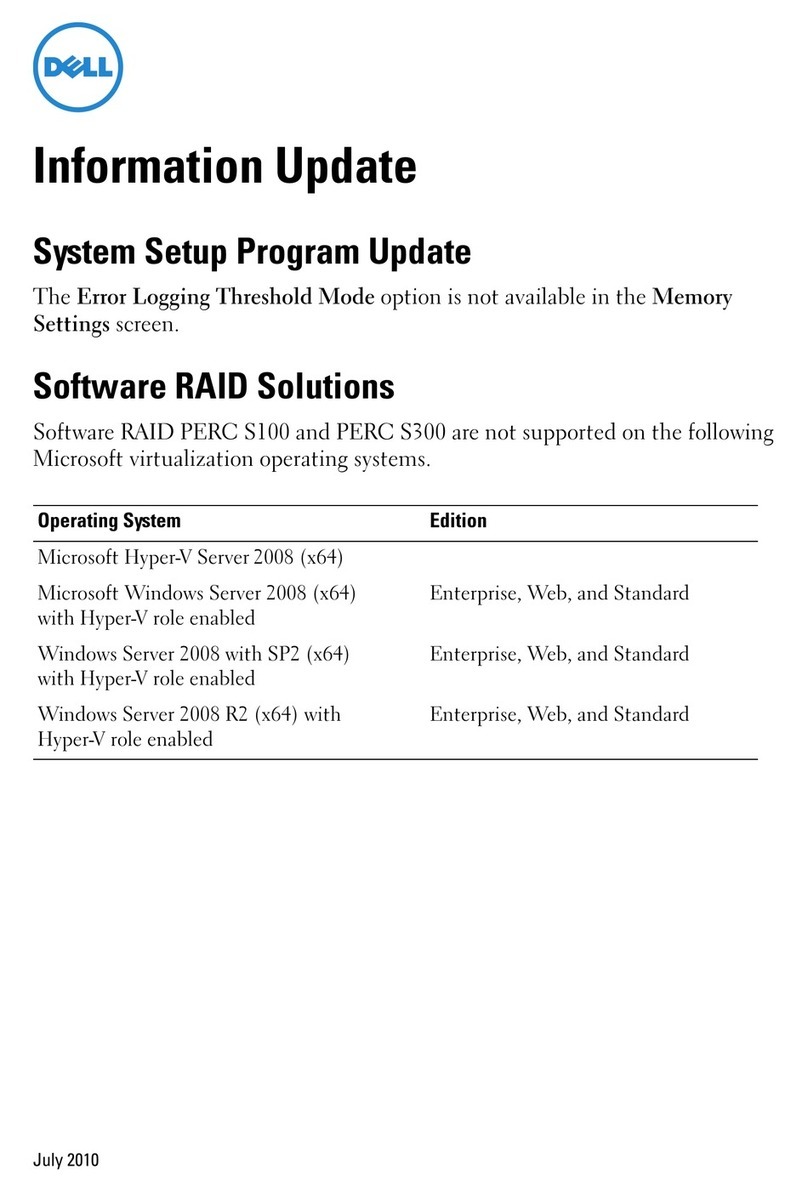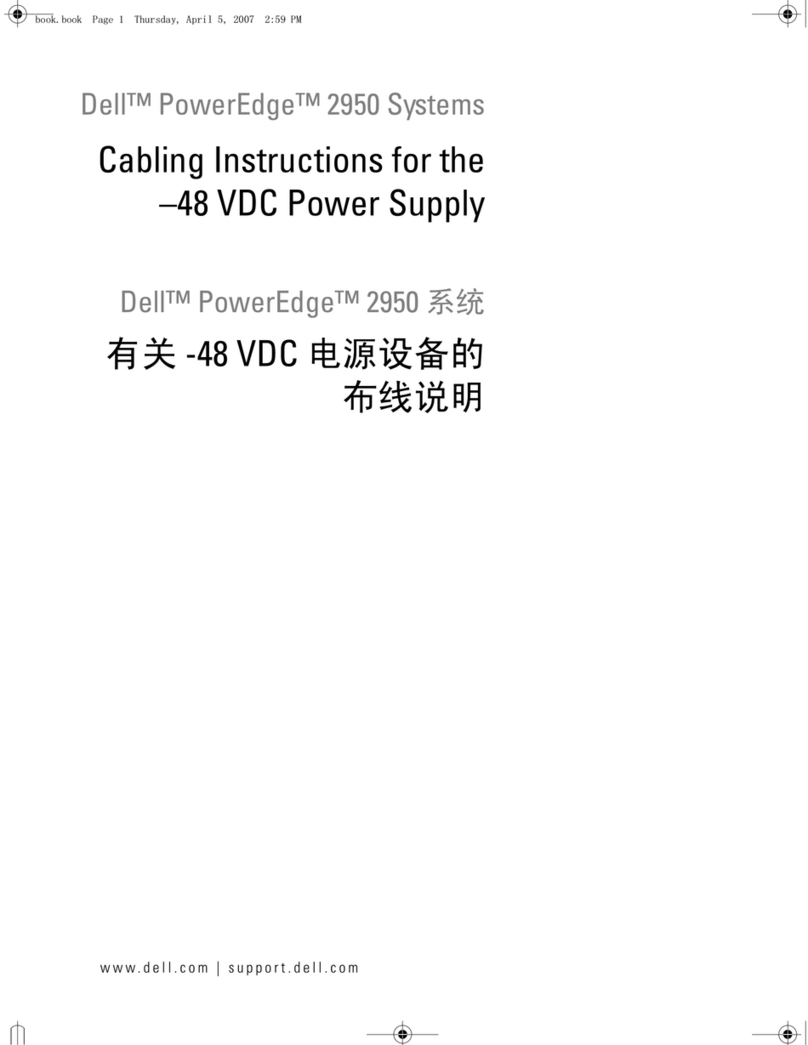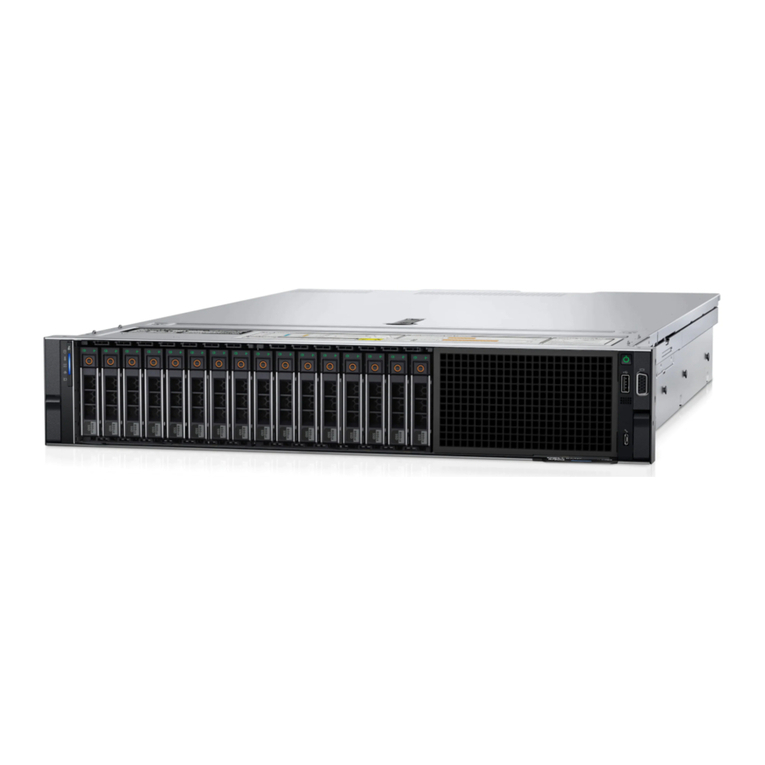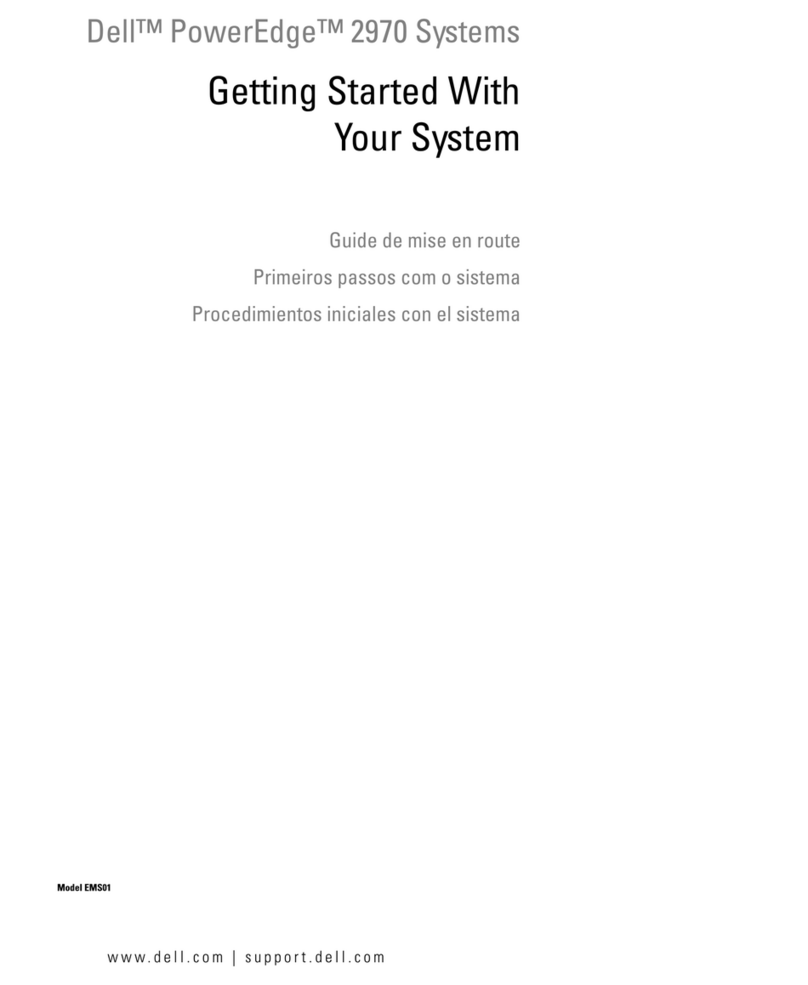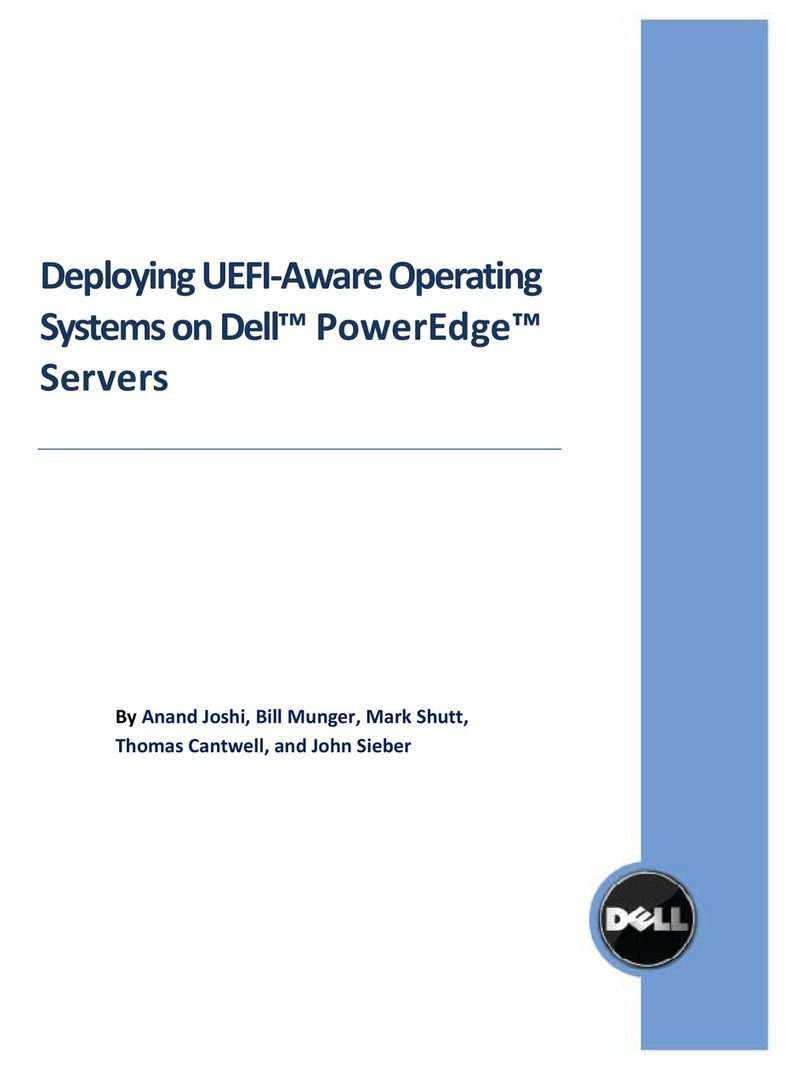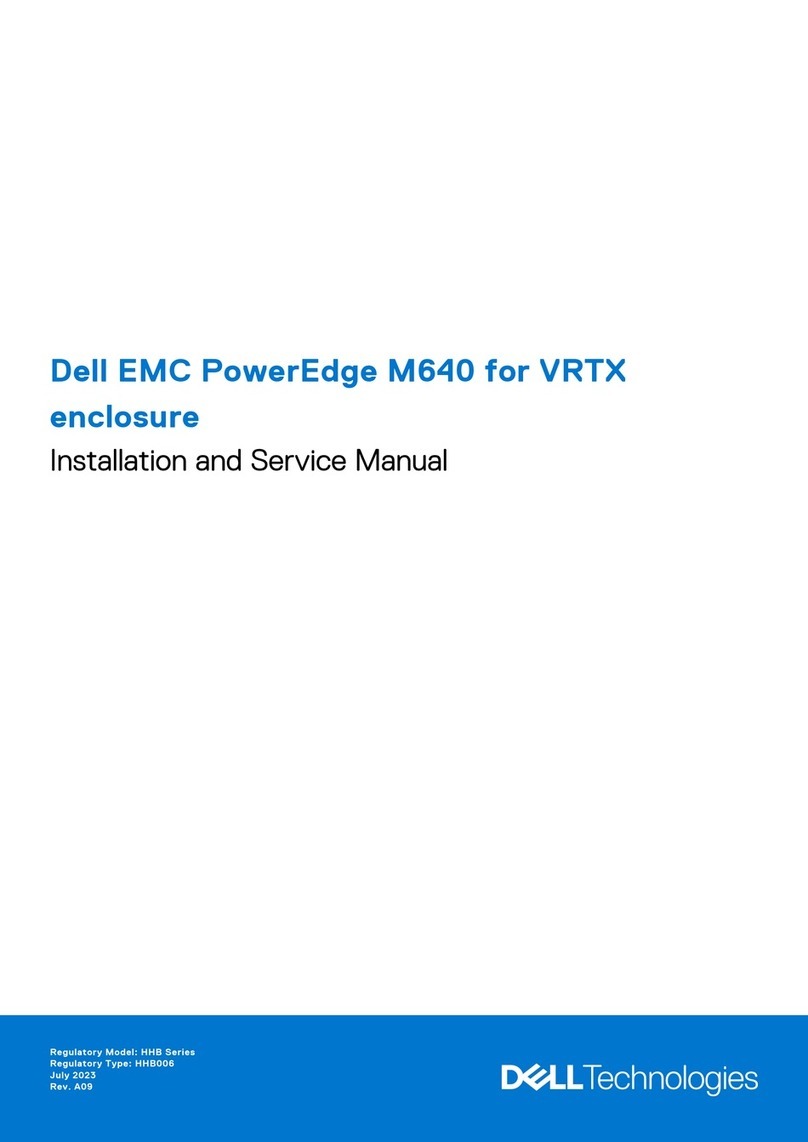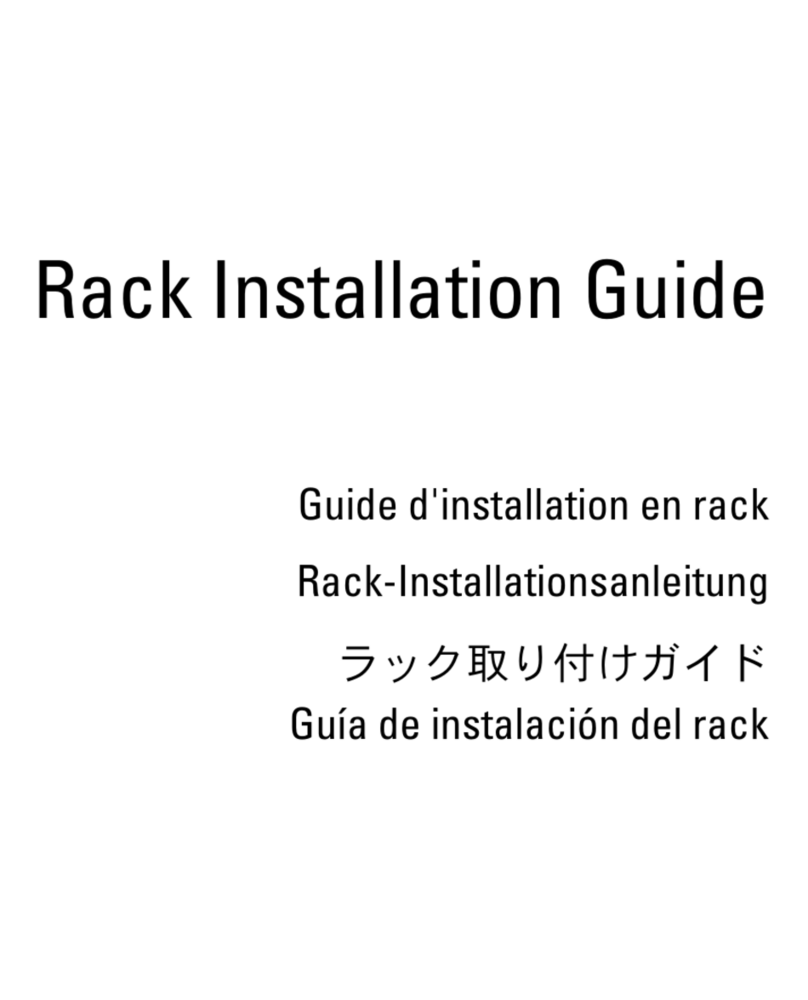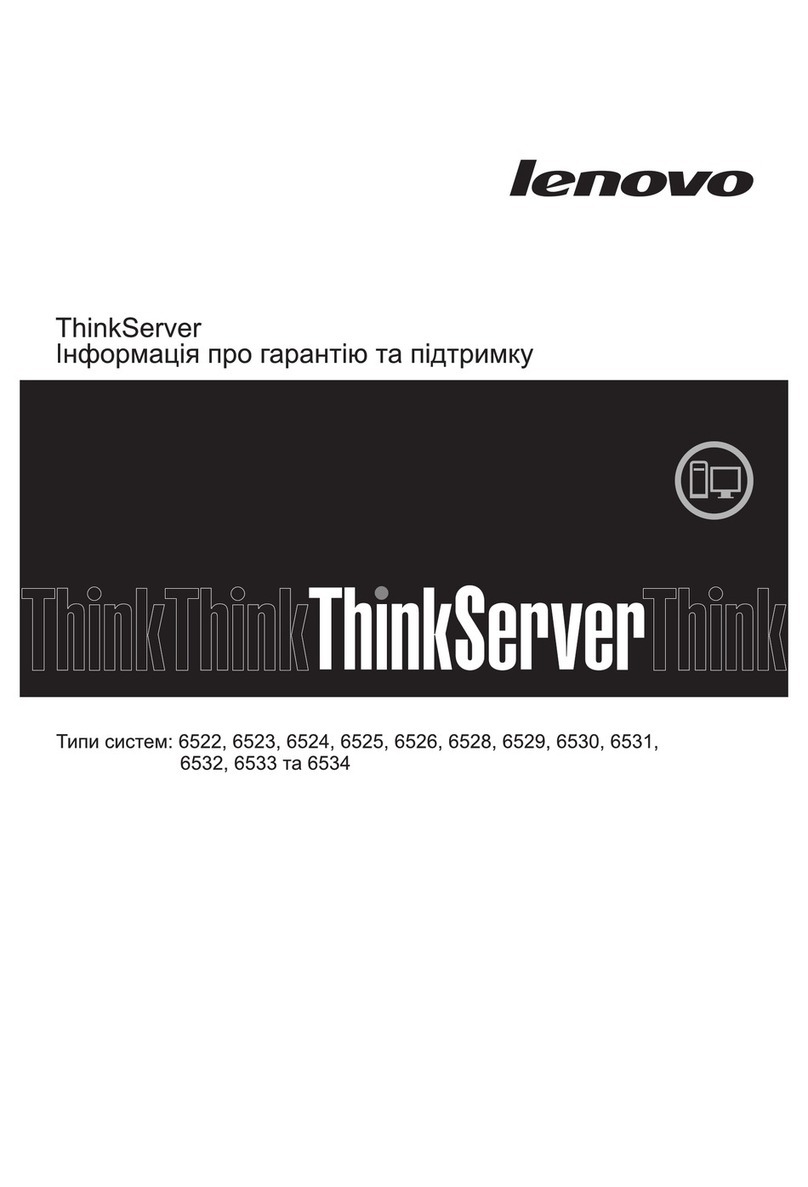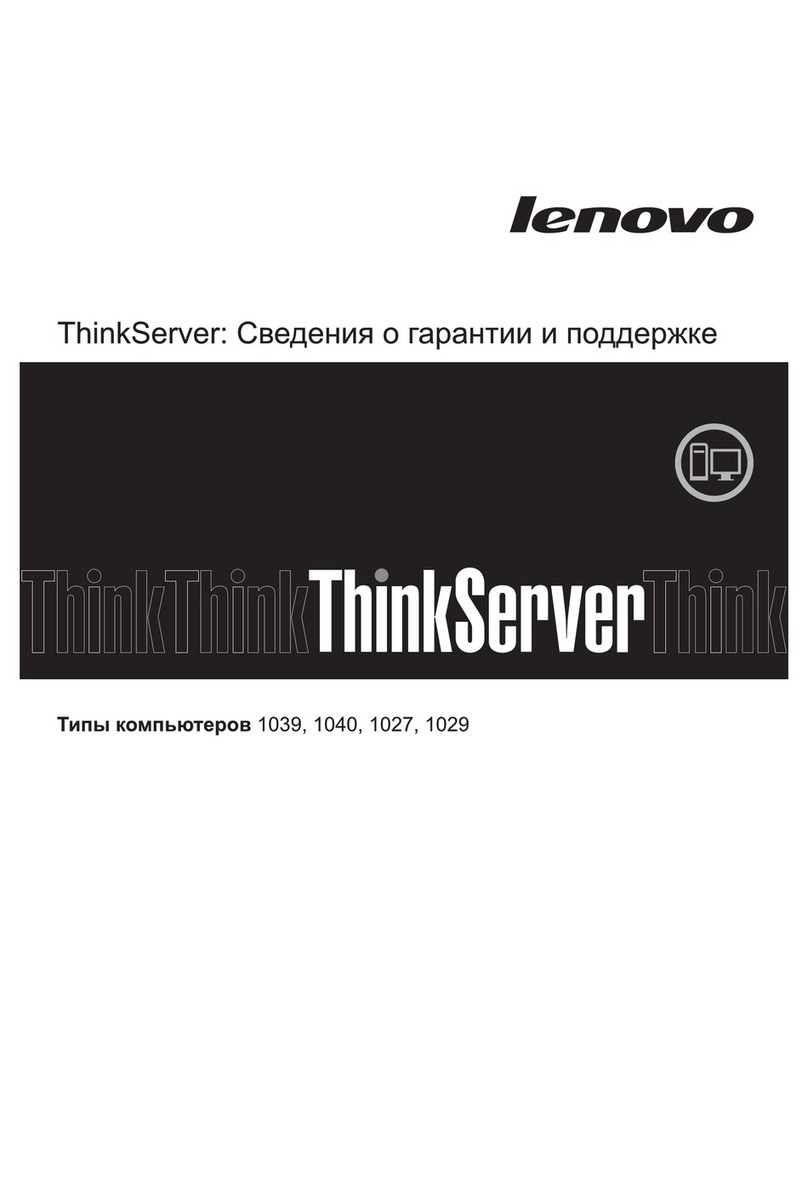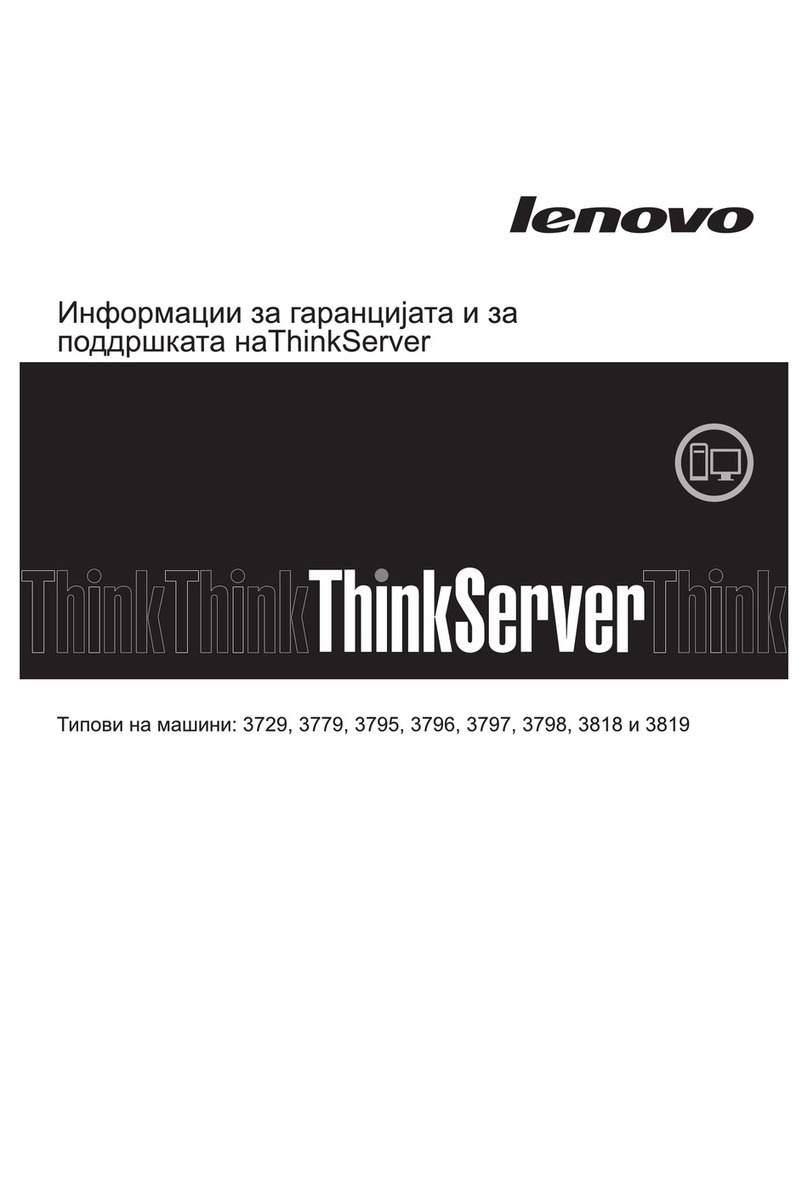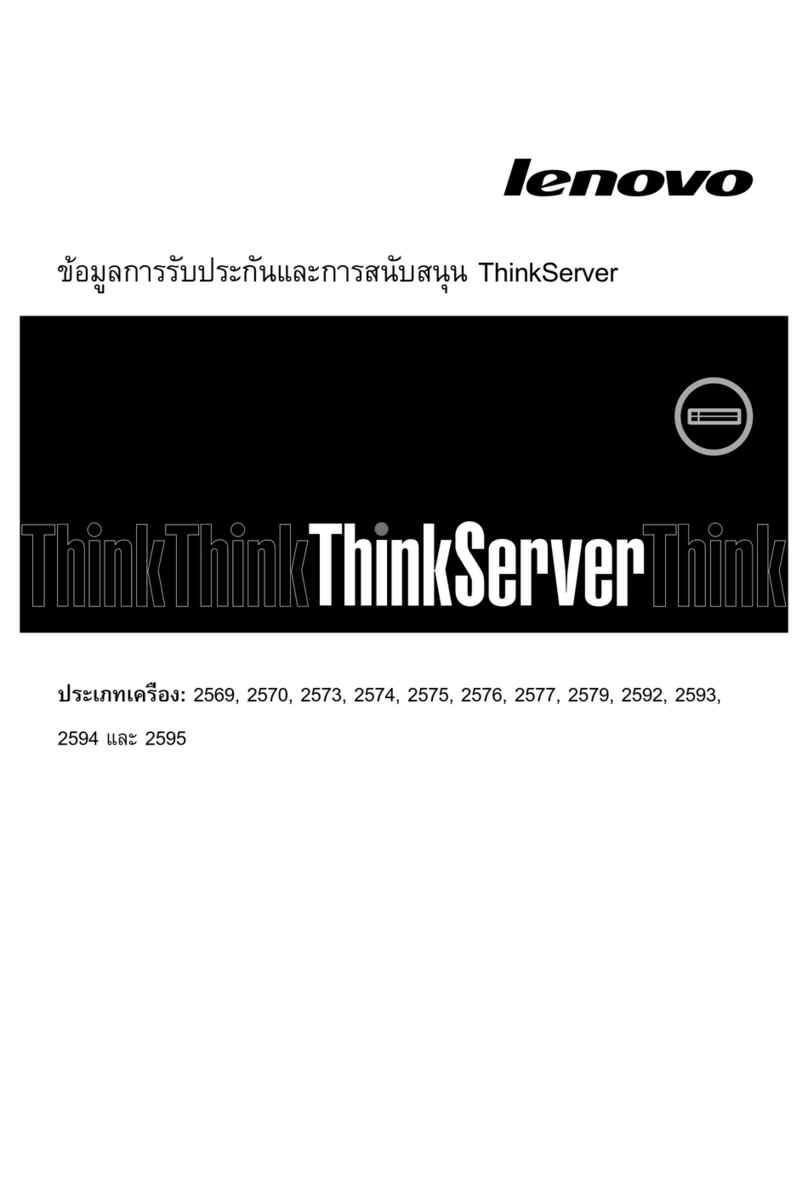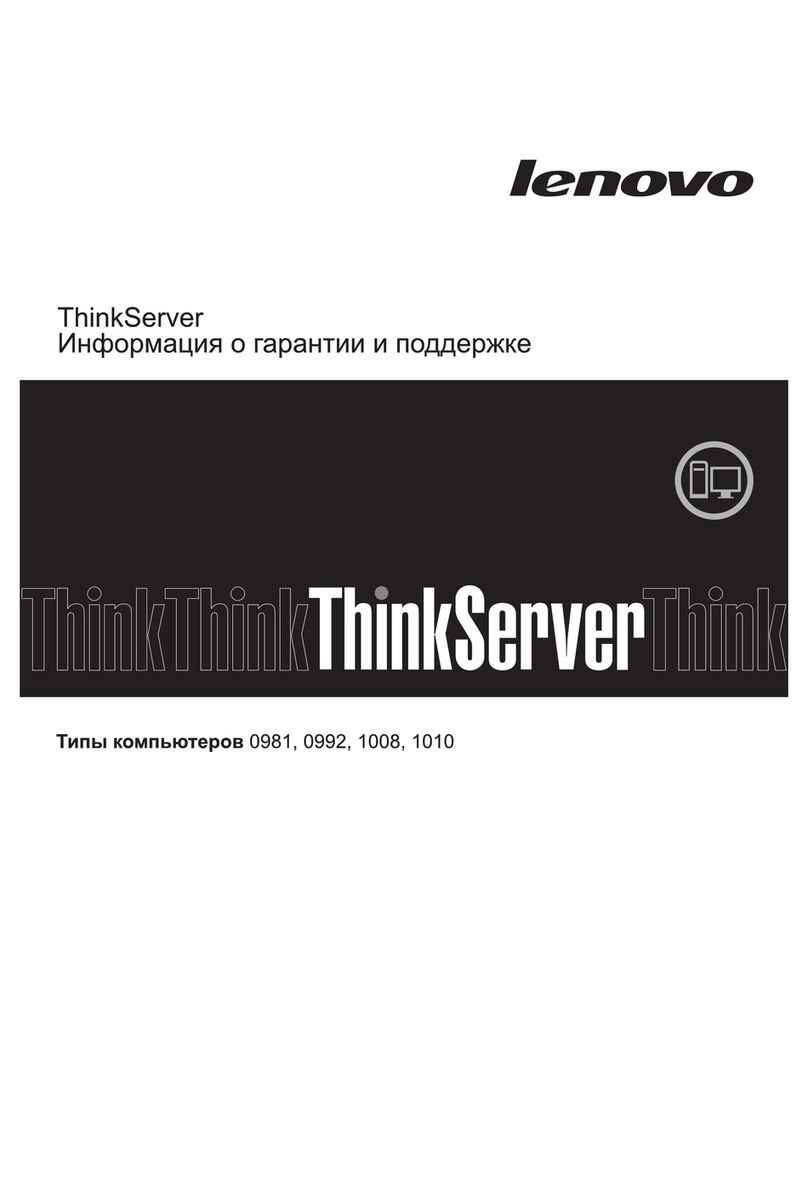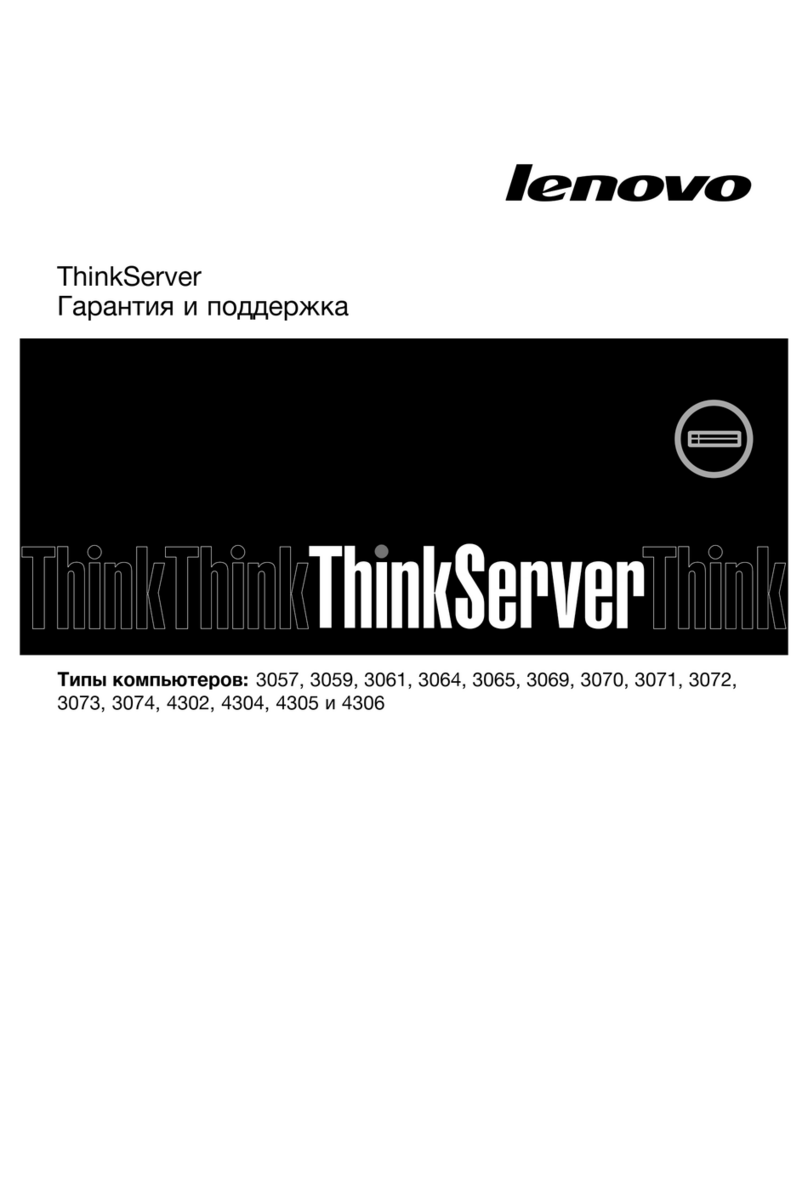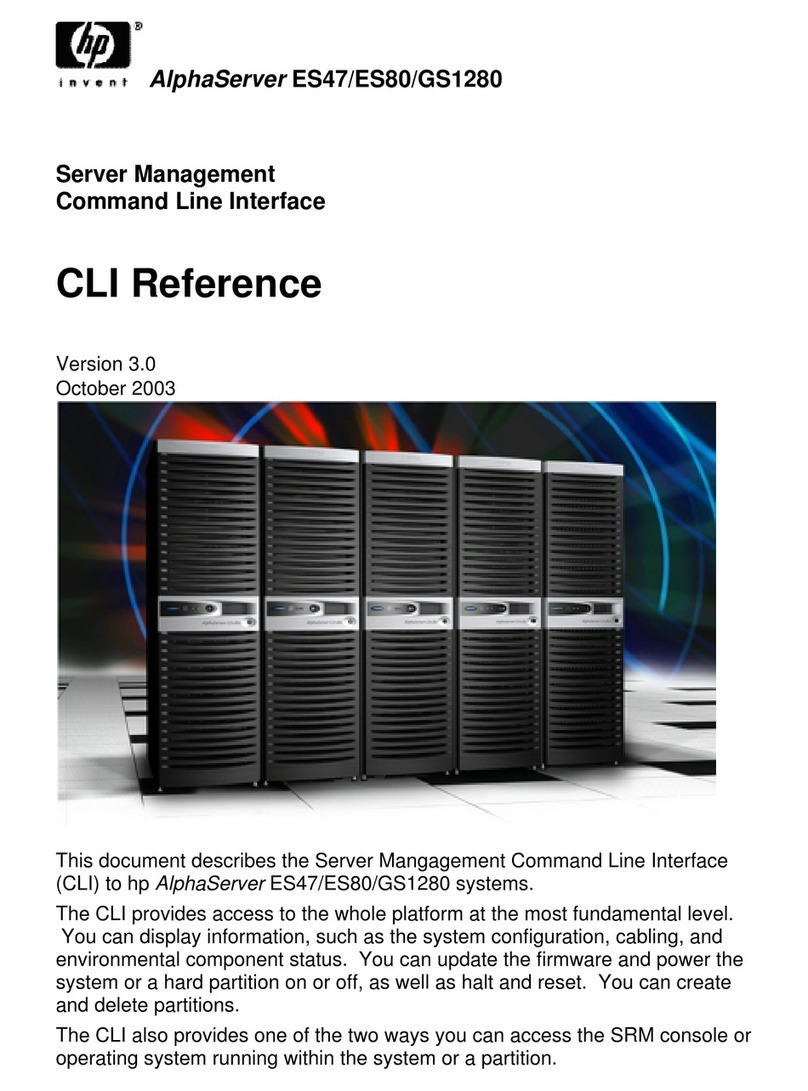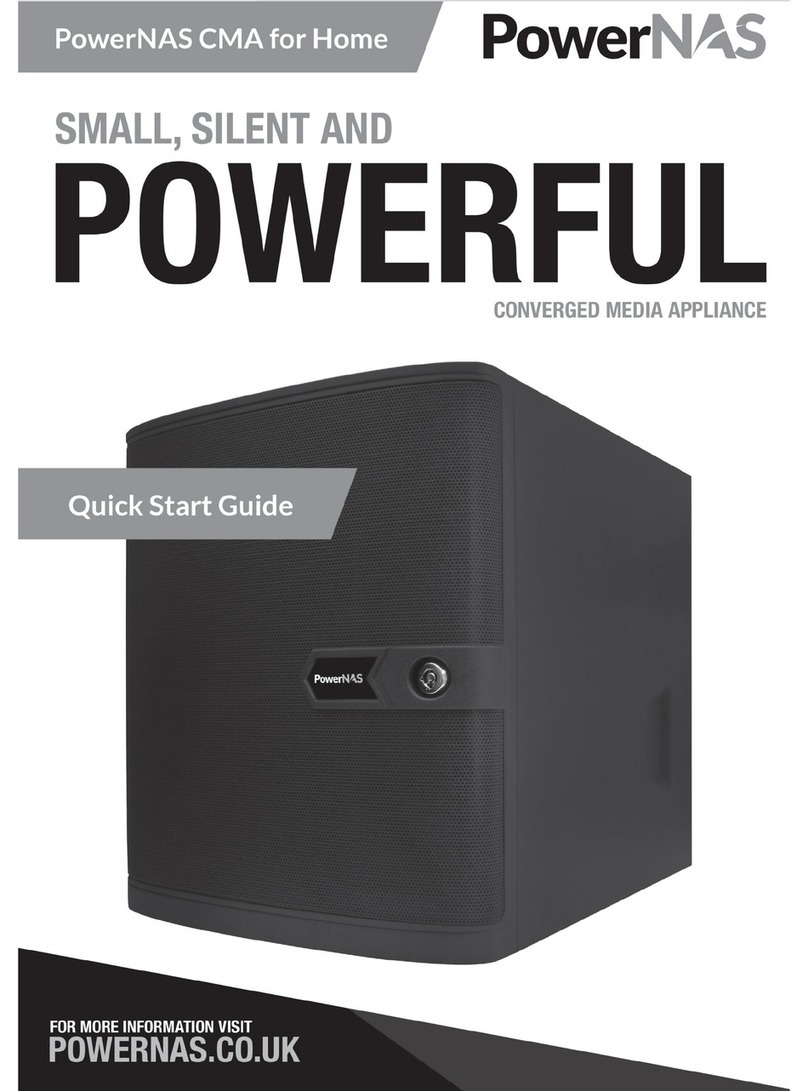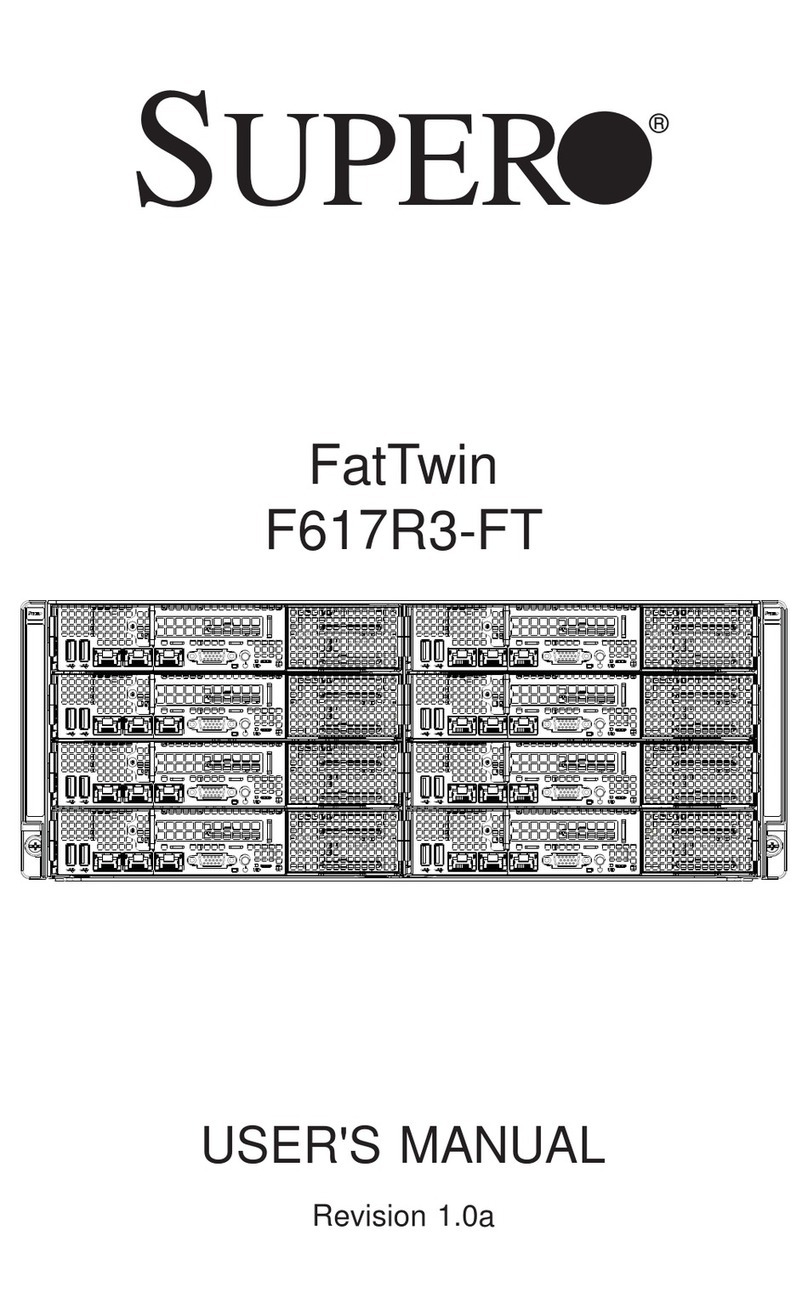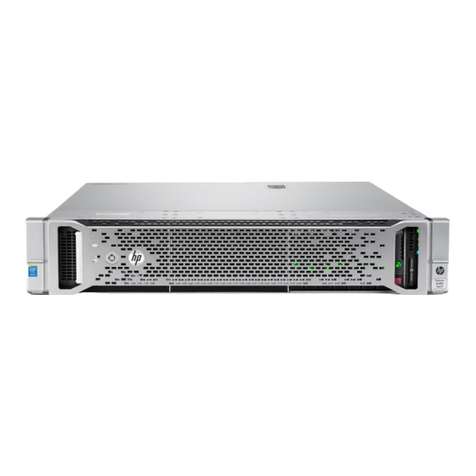
Table of contents
1System overview..................................................................................................................................................................5
Introduction.........................................................................................................................................................................5
New technologies ............................................................................................................................................................. 6
2System features ...................................................................................................................................................................7
Comparison of PowerEdge systems ...............................................................................................................................7
Specifications ..................................................................................................................................................................... 8
3Chassis views and features ..............................................................................................................................................11
Chassis views..................................................................................................................................................................... 11
Chassis features ................................................................................................................................................................14
4Processor............................................................................................................................................................................17
Processor features............................................................................................................................................................17
Supported processors......................................................................................................................................................18
GPU support ......................................................................................................................................................................18
Chipset................................................................................................................................................................................19
5Memory.............................................................................................................................................................................. 20
Supported memory ......................................................................................................................................................... 20
Memory configurations ...................................................................................................................................................21
Memory speed ................................................................................................................................................................. 22
Memory RAS features...................................................................................................................................................... 23
6Storage ............................................................................................................................................................................... 24
Internal storage ................................................................................................................................................................ 24
External storage ............................................................................................................................................................... 25
Storage controllers.......................................................................................................................................................... 26
Optical drive ..................................................................................................................................................................... 27
Tape drive.......................................................................................................................................................................... 28
7Networking and PCIe ...................................................................................................................................................... 29
Embedded NIC controller.............................................................................................................................................. 29
PCIe expansion ................................................................................................................................................................ 29
8Power, thermal, and acoustics .......................................................................................................................................31
Power consumption and energy efficiency.................................................................................................................31
Power supply units .......................................................................................................................................................... 32
Thermal and acoustics.................................................................................................................................................... 33
9Rack rails and cable management ................................................................................................................................ 36
Sliding rail system ............................................................................................................................................................ 36
Cable management arm................................................................................................................................................. 37
10 Operating systems and virtualization ........................................................................................................................... 38
Supported operating systems........................................................................................................................................ 38
Supported virtualization ................................................................................................................................................. 39
11 Dell OpenManage systems management....................................................................................................................40
Systems management solutions...................................................................................................................................40
OpenManage systems management ............................................................................................................................41
Dell server management operations............................................................................................................................ 45
Appendix A. Additional specifications and options ................................................................................................... 48
Chassis dimensions .........................................................................................................................................................48
Chassis weight..................................................................................................................................................................48
Environmental specifications ........................................................................................................................................ 49
Power supply specifications .......................................................................................................................................... 50
Rack rail specifications ................................................................................................................................................... 50
Video specifications .........................................................................................................................................................51
USB peripherals.................................................................................................................................................................51
Appendix B. Standards compliance ............................................................................................................................. 52
Appendix C. Additional resources................................................................................................................................. 53
Appendix D. System board block diagram .................................................................................................................. 55
